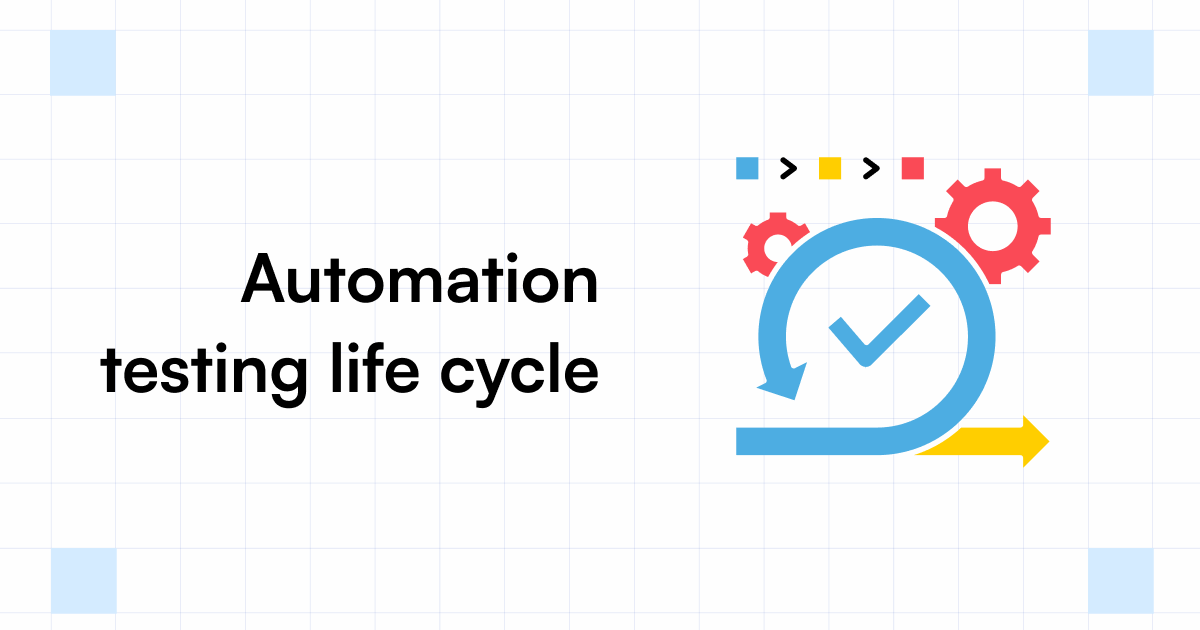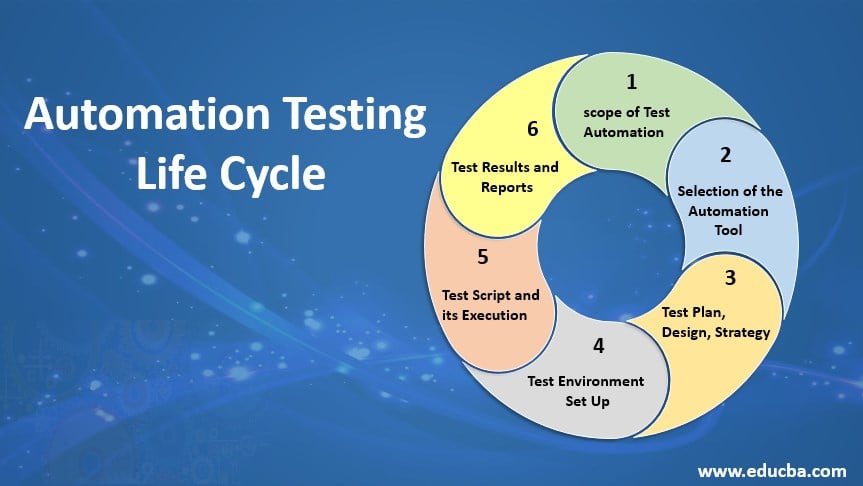From Manual to Automated Testing: A Comprehensive Guide to Transitioning Smoothly and Effectively
In the realm of software application testing, the shift from manual to automated processes has become a progressively important transition for organizations seeking to enhance efficiency and precision in their screening practices. As technology remains to development, the requirement for reliable and seamless automated screening techniques has never ever been extra important. The journey from manual to automated screening is not without its difficulties, however when approached strategically and with a clear strategy in mind, the advantages can be substantial - automation testing. In this comprehensive overview, we will check out key actions and considerations important for a successful change, from the preliminary choice of tools to the assimilation of automation right into existing process. Remain tuned to discover the insights that will help lead the method for a smoother and much more effective screening procedure.
Benefits of Automated Examining
Automated screening uses numerous benefits, enhancing performance and accuracy in software program advancement processes. One main benefit is the substantial reduction in testing time. Automated examinations can be run at the same time on numerous gadgets and operating systems, significantly accelerating the screening phase contrasted to hand-operated screening. This raised efficiency enables faster feedback on the top quality of the software program, enabling designers to recognize and address issues immediately.
Moreover, automated screening ensures a greater degree of precision in detecting defects. Since automated tests follow predefined manuscripts, human mistake is decreased, bring about even more reliable examination outcomes. Uniformity in testing is also improved, as automated tests execute the same steps specifically each time they are run. This uniformity is crucial in ensuring that all functionalities of the software program are extensively checked, lowering the likelihood of undiscovered bugs sliding via to manufacturing.
Selecting the Right Devices

First of all, examine your demands and purposes. Understand the scope of your job, the innovations included, and the ability of your group. This analysis will certainly aid you establish the attributes and capacities you need in your screening devices.
Second of all, think about the compatibility of the tools with your existing processes and systems. Smooth combination with your present software application advancement lifecycle is vital to guarantee a smooth transition to automation.
In addition, review the scalability and versatility of the tools. As your screening needs progress, the tools need to have the ability to adapt and accommodate modifications efficiently.
Last but not least, aspect in the support and community around the devices. When applying automated testing, durable support and an energetic user area can offer beneficial resources and aid. By thoroughly considering these elements, you can select the right devices that align with your demands and set the stage for an effective shift to automated screening.
Writing Reliable Test Scripts

When crafting examination scripts, it is necessary to consider the certain requirements of the software program being evaluated and make certain that the scripts resolve all important performances. Clear and descriptive calling conventions for test manuscripts and examination situations can boost readability and maintainability. Furthermore, incorporating mistake handling systems within the examination scripts can aid in identifying and addressing this post problems promptly.
Moreover, arranging test manuscripts into modular elements can boost reusability and scalability, decreasing redundancy and boosting effectiveness in examination script upkeep. Normal evaluations and updates to test manuscripts are essential to equal evolving software program demands and capabilities. By following these principles, testers can develop reliable and robust test manuscripts that contribute substantially to the success of automated screening procedures.
Integrating Automation Into Workflows
By flawlessly incorporating automated screening devices like Selenium or Appium into the software application development lifecycle, groups can achieve faster responses on code modifications, leading to quicker pest detection and resolution. This assimilation enables for continuous screening throughout the development procedure, guaranteeing that any kind of issues are determined early on, resulting in higher software program quality. Correct combination of automation devices requires cooperation between growth, testing, and procedures groups to establish a unified process that maximizes efficiency and efficiency in supplying top notch software application items.
Guaranteeing a Smooth Change
Successfully transitioning to automated testing includes thorough planning and cautious implementation to optimize and decrease disruptions performance in the software advancement procedure - automation testing. To make certain a smooth change, it is vital to start by carrying out a thorough assessment of the current testing processes and identifying areas from this source where automation can bring the most considerable benefits. Engaging with all stakeholders at an early stage while doing so, including designers, testers, and job managers, is important for gathering support and buy-in for the automation initiative
Communication is key during this change stage. Clear interaction of the objectives, advantages, and expectations of automated testing helps to manage any kind of resistance or problems that might emerge. In addition, supplying ample training and sources for staff member to upskill in automation tools and techniques is vital for ensuring a successful transition.

Verdict
In conclusion, transitioning from manual to automated screening supplies countless benefits, including boosted performance and reliability. By selecting the proper devices, creating effective test scripts, and incorporating automation flawlessly into workflows, organizations can guarantee a effective and smooth change. It is important to embrace automation as a useful property in software program screening procedures to boost total top quality and performance.
In the world of software program screening, the change from handbook to automated procedures has actually come to be a significantly essential change for companies looking for to boost effectiveness and accuracy in their testing methods. Automated examinations can be run concurrently on several tools and running systems, substantially speeding up the screening phase compared to hand-operated screening. Consistency in testing is additionally boosted, as automated examinations perform the same actions specifically each time they are run.To make sure useful reference the effective implementation of selected testing tools, the production of efficient test scripts plays a critical duty in verifying the functionality and efficiency of automated processes - automation testing. By adhering to these concepts, testers can produce durable and efficient examination scripts that add dramatically to the success of automated testing procedures